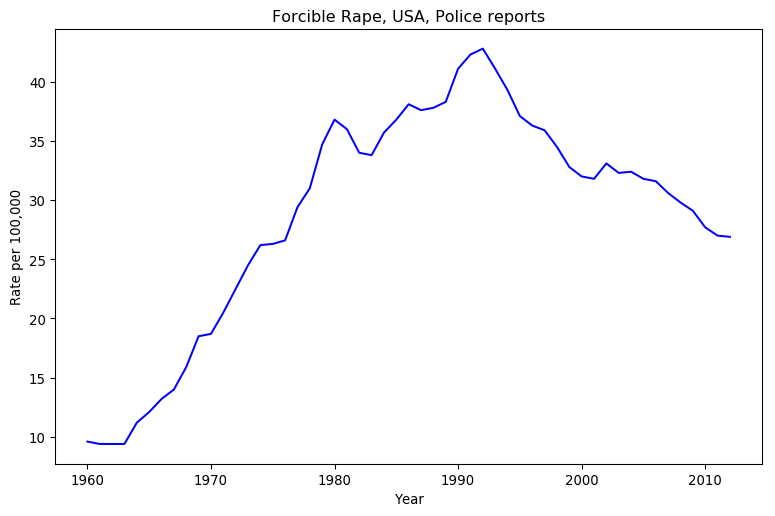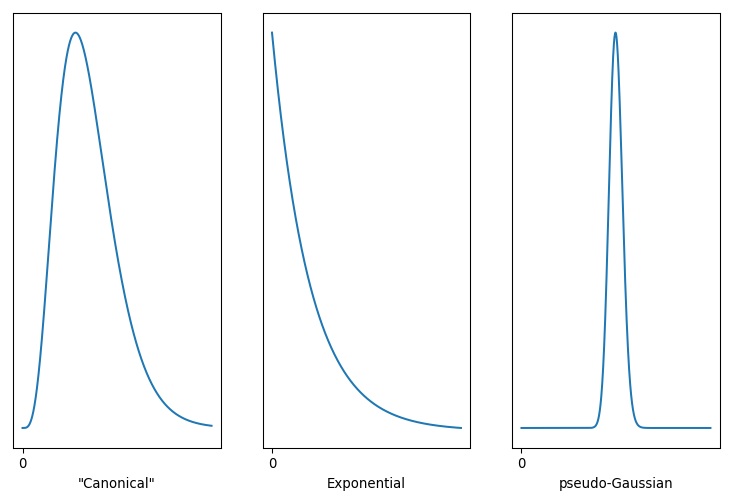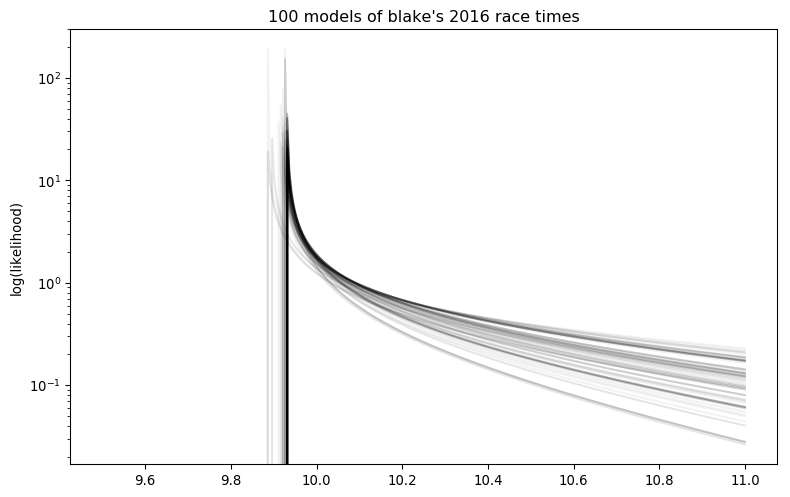The two strongest arguments for allowing transgender athletes to compete as the gender they identify are the argument from biological diversity and the argument from human rights. When I was outlining the latter case, I settled for merely establishing the right to self-identify existed and just assumed everyone would agree to indivisibility.
Human rights are indivisible. Whether they relate to civil, cultural, economic, political or social issues, human rights are inherent to the dignity of every human person. Consequently, all human rights have equal status, and cannot be positioned in a hierarchical order. Denial of one right invariably impedes enjoyment of other rights. Thus, the right of everyone to an adequate standard of living cannot be compromised at the expense of other rights, such as the right to health or the right to education.
Now that I’m some distance from the argument, I can better picture someone rejecting indivisibility. I mean yes, as I pointed out back then, rejecting indivisibility also rejects decades of legal precedent, but leaning entirely on the letter of the law makes for an iffy argument. I should have propped up the argument by pointing out how devaluing one right harms the ability to enjoy every other right.
Trans people routinely face challenges to their basic humanity every day. Their very existence is being contested. How much rights they should be allowed to have is considered a topic for debate. When some group of people are seen as equal in dignity and rights, the rest of the society doesn’t argue about whether they should have the same rights that everybody else takes for granted. […]
Trans people are routinely discriminated by landlords and potential employers. For example, one of Freethoughblogs bloggers is a trans woman who is forced to dress as male at work, because nobody will hire her as a woman. Cis people aren’t forced to present themselves as a gender they are uncomfortable with in order to find a job. […]
I personally have been refused access to healthcare, because several transpobic doctors felt like kicking me out of their offices. Here you can read the full story about that. I am a European Union citizen, The European Court of Human Rights has ruled that trans people have a right to obtain various medical procedures that would change their gender. Nonetheless, transphobic doctors and bureaucrats still figured out a loophole how to de facto deny me the surgery I requested.
Fortunately, Andreas Avester has my back. As one of his debut blog posts, he’s done an excellent job of pointing out all the consequences of rejecting indivisibility. It’s well worth a read, all on its own.









